“The wave": an exercise that goes from Yoga to aerobics and something more [Eng - Esp]
12
About :
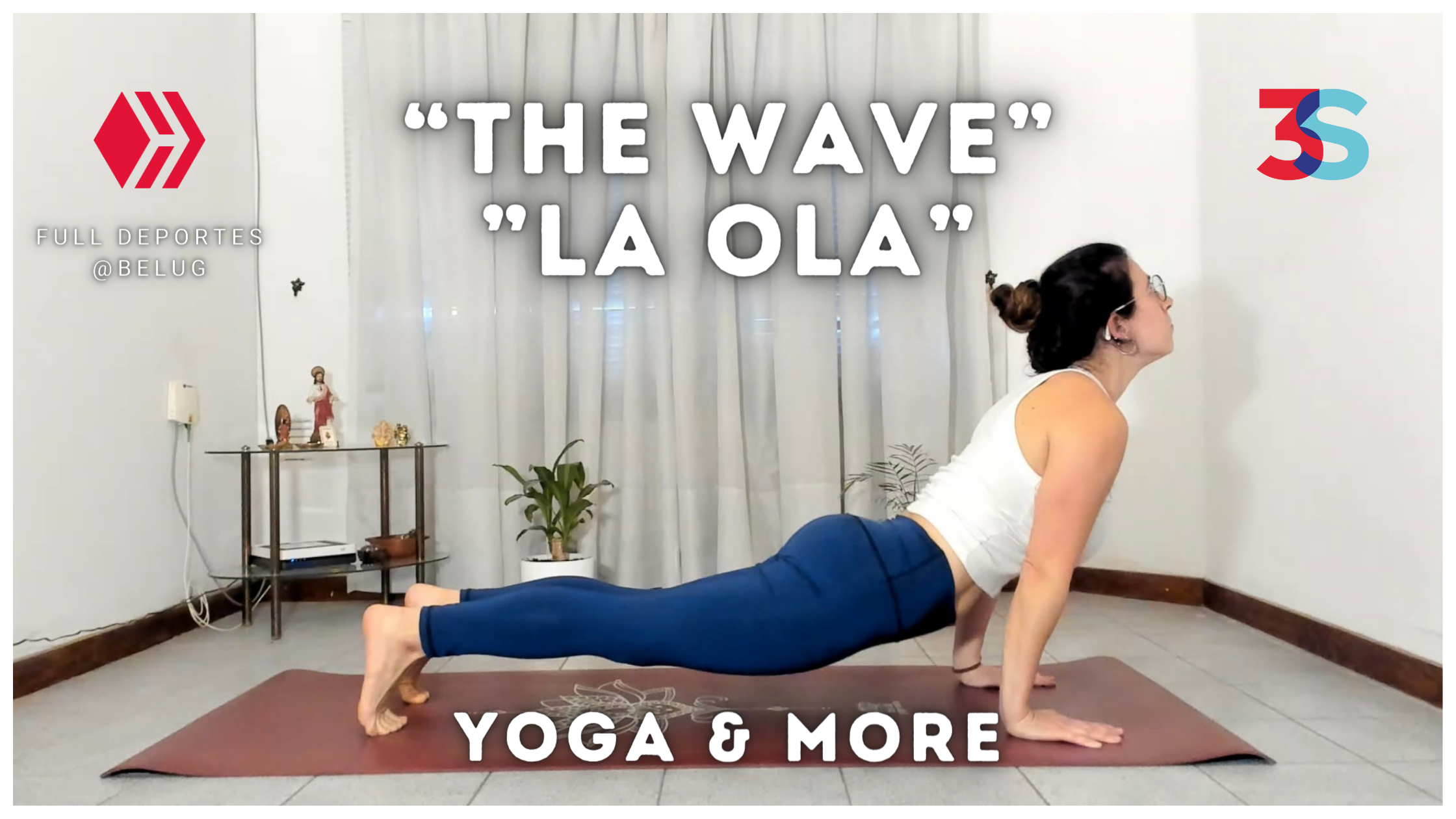
Español
“La ola”: un ejercicio que va de Yoga a aerobics y algo más
Hola mis queridos amigos de Full Deportes y claro que de todo Hive, es un placer estar aquí con ustedes un día más. En esta ocasión les traigo un ejercicio bastante completo. Hace tiempo quería compartirlo pero al final por uno u otro motivo no lo hacía.
Consiste en un solo movimiento, que demanda del practicante fuerza y equilibrio en sus puntos de apoyo, y solamente se pasa de la postura de Adho Mukha a la de Urdhva Mukha (Perro Boca Abajo a Perro Boca Arriba).
English
“The wave": an exercise that goes from Yoga to aerobics and something more
Hello my dear friends from Full Deportes and of course from all of Hive, it is a pleasure to be here with you for another day. This time I bring you a very complete exercise. Some time ago I wanted to share it but in the end for one reason or another I didn't do it.
It consists of a single movement, which requires the practitioner strength and balance in their support points, and only goes from the posture of Adho Mukha to Urdhva Mukha (Downward Facing Dog to Upward Facing Dog).
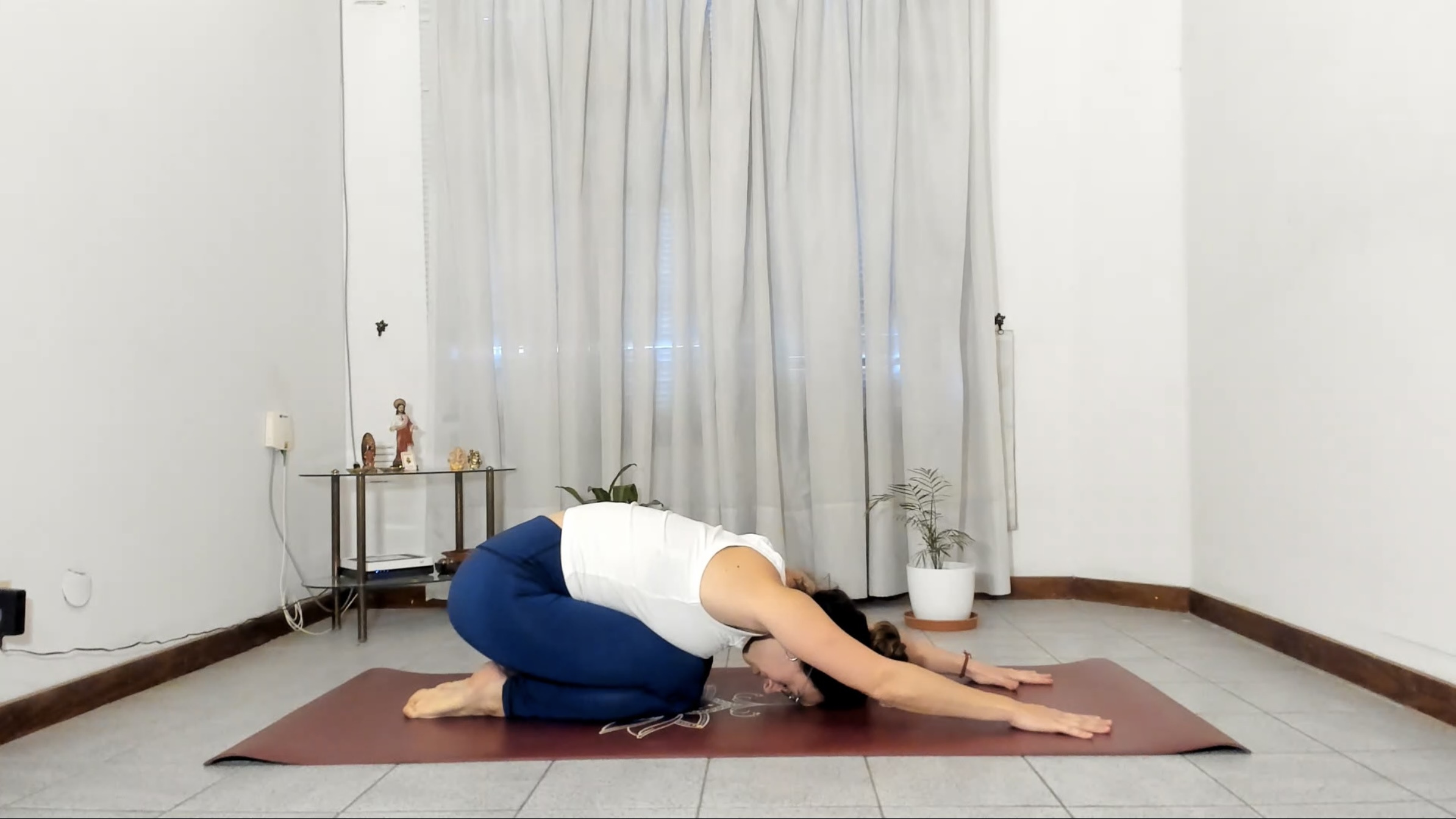

Muchos conocen a este ejercicio como “la ola”, pero en verdad no es más que una transición dinámica dentro de la práctica. Tiene algunas cositas interesantes y algo tramposas, aquí se las cuento:
Nos “permite” salir de la quietud del Yoga. Digo permite porque en general en Yoga se tiende a sostener las posturas, ya que eso es un desafñio no tanto para el cuerpo, sino más bien para la mente que busca moverse constantemente.
El moverse de Adho Mukha a Urdhva Mukha de manera integrada da espacio de algún modo a que la mente, inquieta por naturaleza, pueda fluctuar también. En la quietud del Yoga, repito, es donde está el verdadero desafío.
Si “la ola” se realiza bien, paso a paso, músculo por músculo, articulación por articulación y vértebra por vértebra (que al final constituyen un largo conjunto de articulaciones, claro), este ejercicio sí es Yoga.
Many know this exercise as "the wave", but in truth it is nothing more than a dynamic transition within the practice. It has some interesting and somewhat tricky tidbits, here I tell you about them:
It "allows" us to leave the stillness of Yoga. I say "allows" because in general in Yoga there is a tendency to hold the postures, since that is a challenge not so much for the body, but rather for the mind that seeks to move constantly.
Moving from Adho Mukha to Urdhva Mukha in an integrated way somehow gives space for the mind, restless by nature, to fluctuate as well. In the stillness of Yoga, I repeat, is where the real challenge lies.
If "the wave" is done well, step by step, muscle by muscle, joint by joint and vertebra by vertebra (which in the end constitute a long set of joints, of course), this exercise is Yoga.
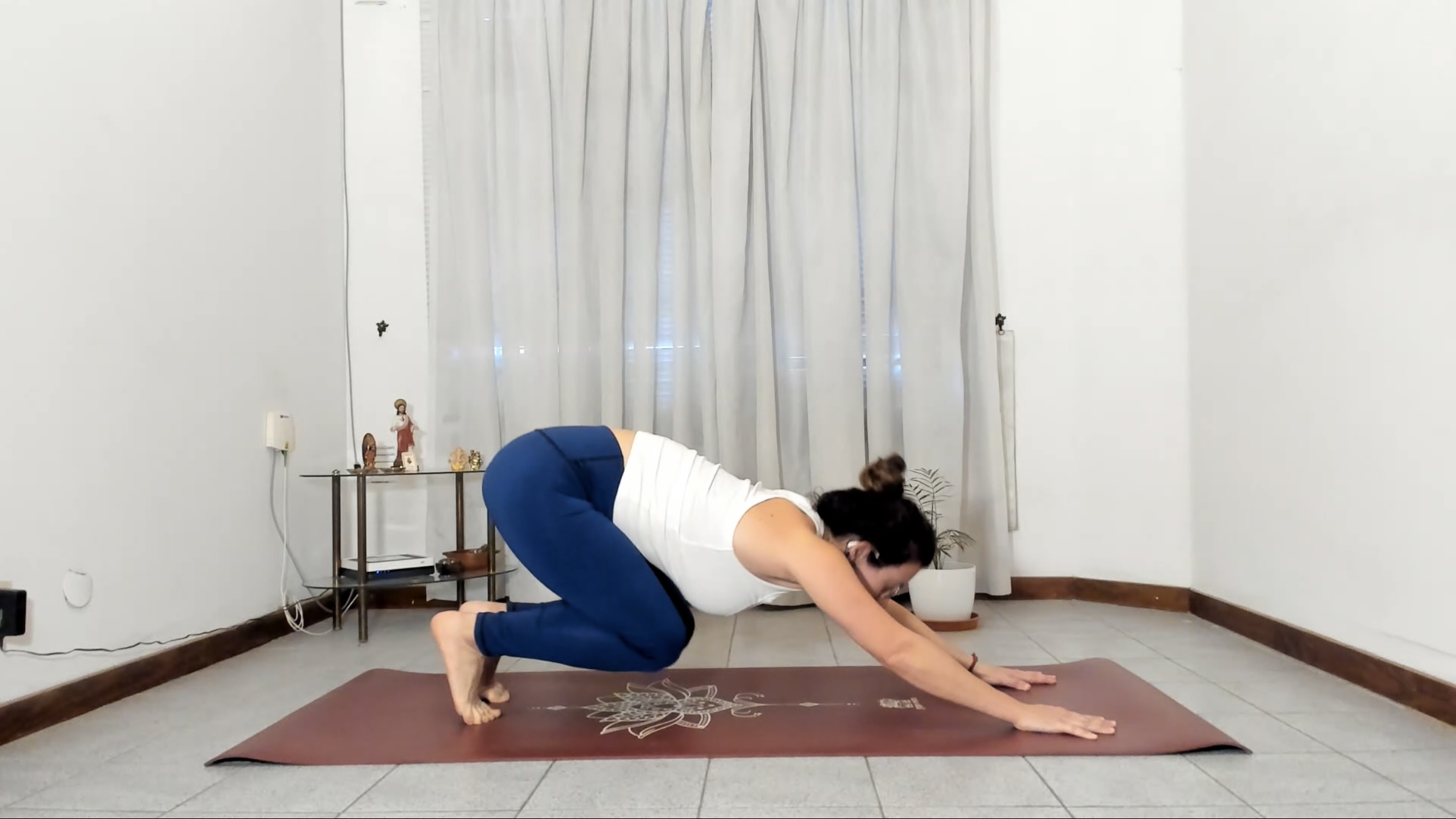


Lo traigo aquí en especial para los entrenadores de deportes y actividades de alta intensidad como propuesta, si es que no lo conocen todavía (aunque sospecho que sí), para que lo integren, ya que el trabajo es verdaderamente intenso: el cuerpo debe sostenerse constantemente en 4 puntos de apoyo: los dedos de ambos pies y la palma de las dos manos. De allí, hombros, tríceps, abdominales, posteriores, cuádriceps, deben hacer el resto del trabajo, junto con trapecio y otros músculos de la espalda vinculados en este dinamismo.
Además, aprovecho para mencionar que esto suele realizarse mucho en prácticas yóguicas como Vinyasa Power, Vinyasa, o Power Yoga, para calentar al cuerpo para posteriores posturas desafiantes.
En el vídeo verán que agregué una parte de relajación, esto es porque se puede generar tensión en espalda alta, deltoides y cuello, y siempre es bueno llevar al cuerpo a su equilibrio después de cierta exigencia.
I bring it here especially for coaches of sports and high intensity activities as a proposal, if they do not know it yet (although I suspect they do), to integrate it, since the work is really intense: the body must constantly hold on 4 points of support: the fingers of both feet and the palm of both hands. From there, shoulders, triceps, abdominals, posterior, quadriceps, must do the rest of the work, along with trapezius and other back muscles linked in this dynamism.
Also, I take this opportunity to mention that this is often done a lot in yogic practices such as Vinyasa Power, Vinyasa, or Power Yoga, to warm up the body for later challenging postures.
In the video you will see that I added a part of relaxation, this is because it can generate tension in the upper back, deltoids and neck, and it is always good to bring the body to its balance after a certain demand.
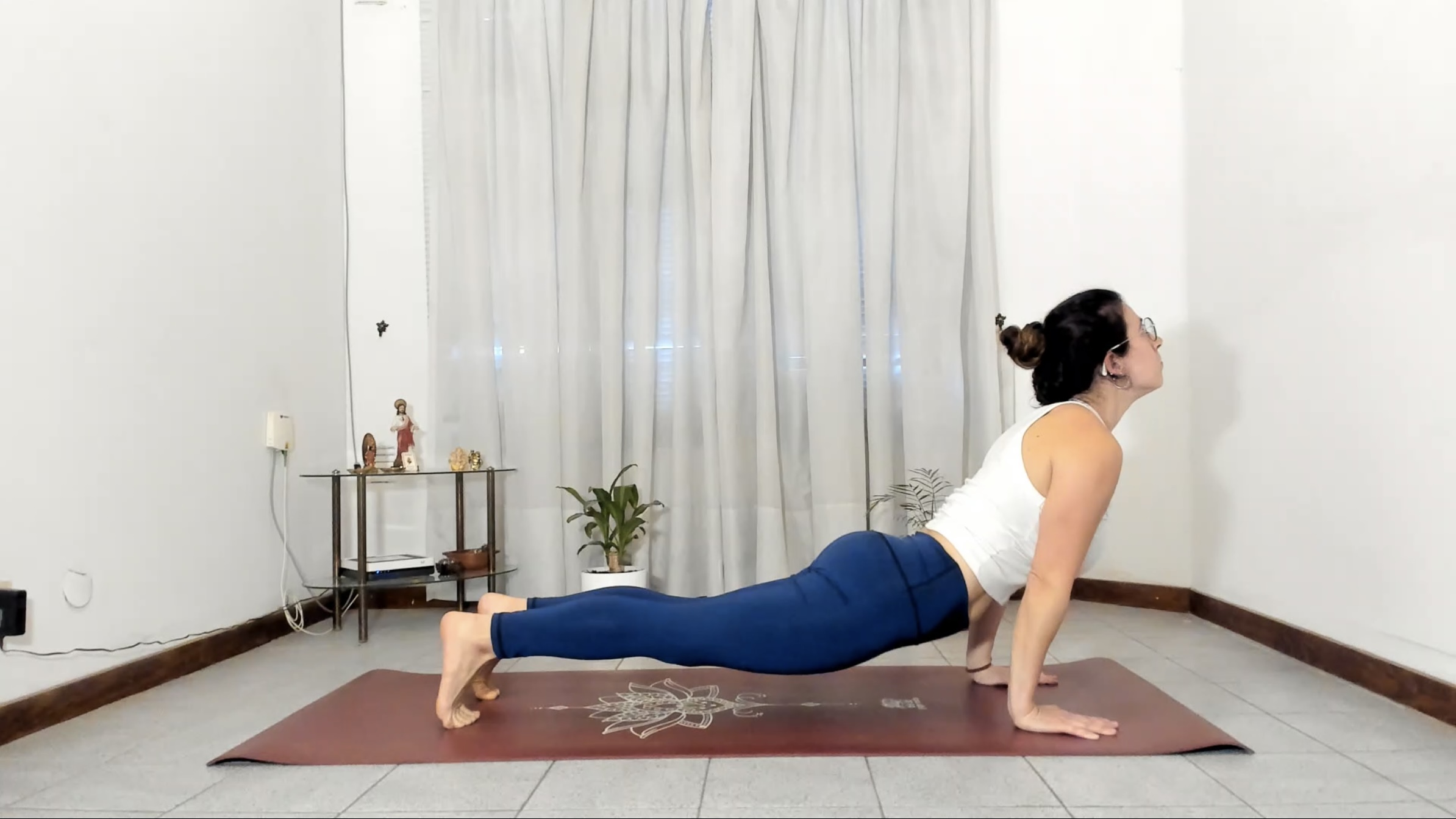

El tiempo me ha llevado a cuestionar un poco a Vinyasa Power y Power Yoga (no a Vinyasa o Ashtanga Vimnyasa), porque tienen una tendencia un poco más aeróbica y comercial, ya que ignoran por completo los fundamentos del Yoga como filosofía y disciplina. Igual claro que está muy bien que se practique, pero como instructora de Yoga, quería hacer esta acotación, ya que considero a los pranayamas (respiración) y a la meditación tan importantes como la secuencia de las asanas (posturas físicas).
Time has led me to question Vinyasa Power and Power Yoga (not Vinyasa or Ashtanga Vimnyasa), because they have a more aerobic and commercial tendency, since they completely ignore the fundamentals of Yoga as a philosophy and discipline. Of course it is very good that it is practiced, but as a Yoga instructor, I wanted to make this comment, since I consider the pranayamas (breathing) and meditation as important as the sequence of asanas (physical postures).

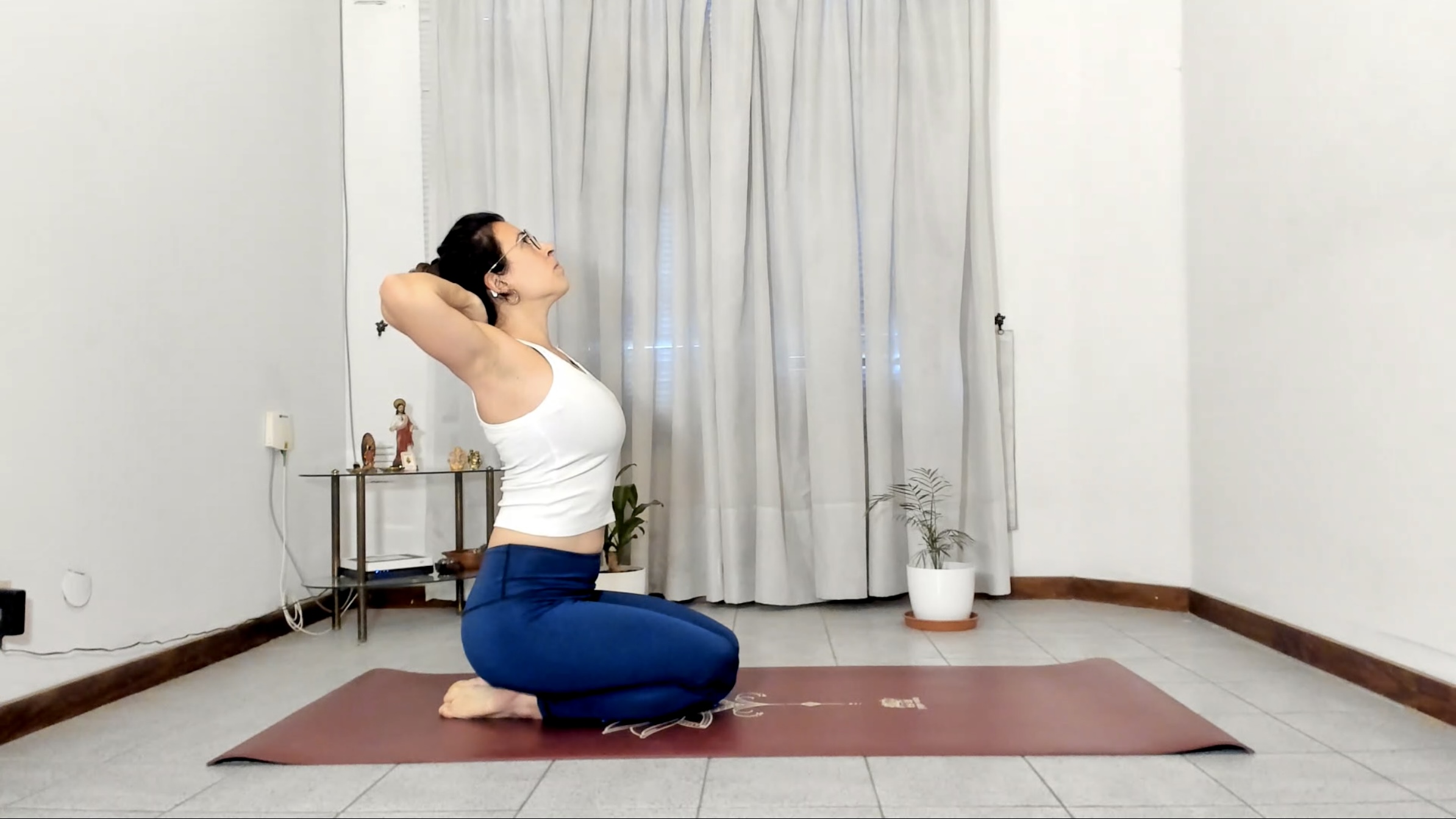
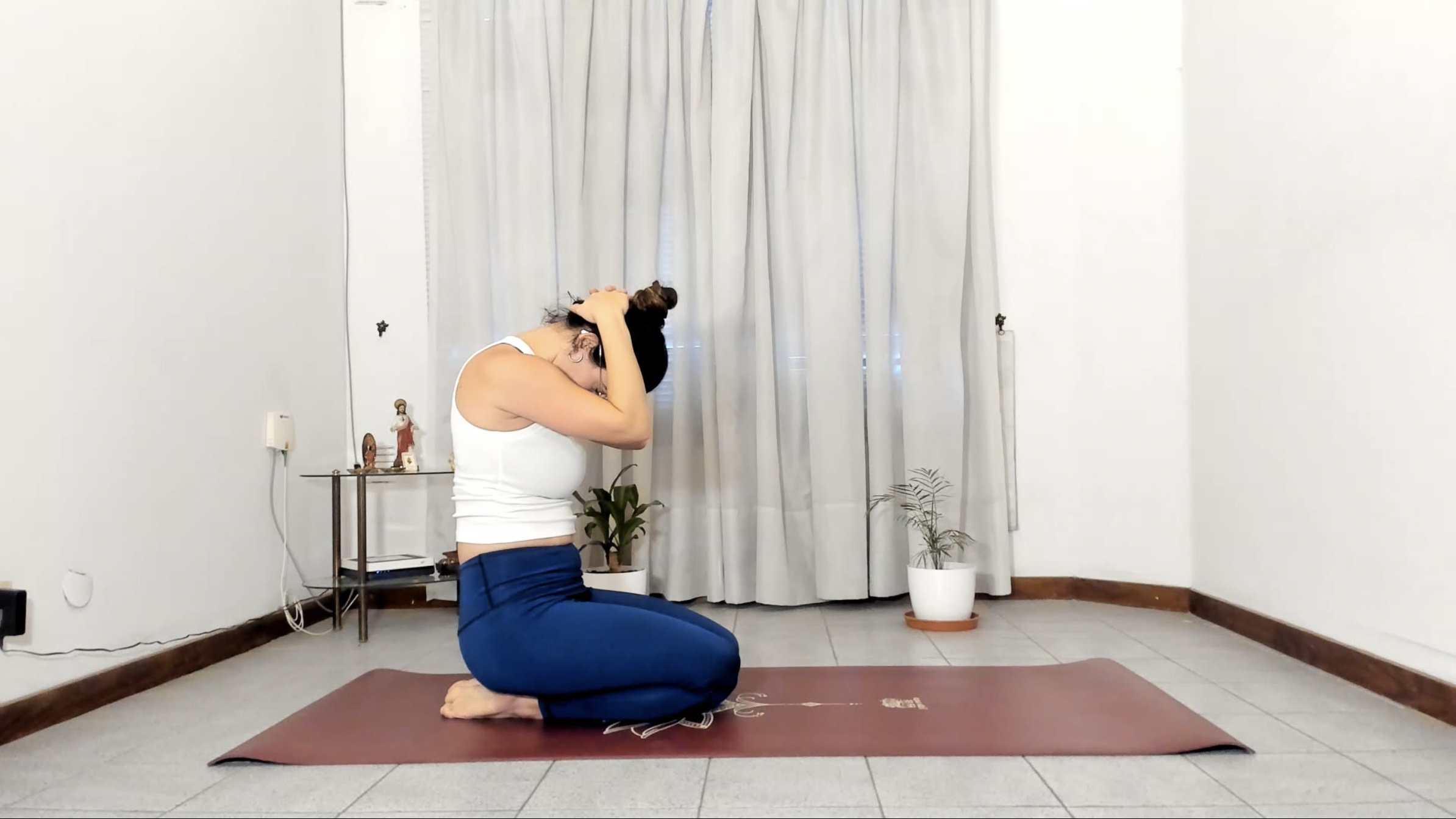
Espero que les guste este ejercicio y a quien sea que lo aplique, le recomiendo enfocarse en el movimiento milimétrico de cada parte del cuerpo en la transición de una postura a otra.
I hope you like this exercise and whoever applies it, I recommend focusing on the millimetric movement of each part of the body in the transition from one posture to another.
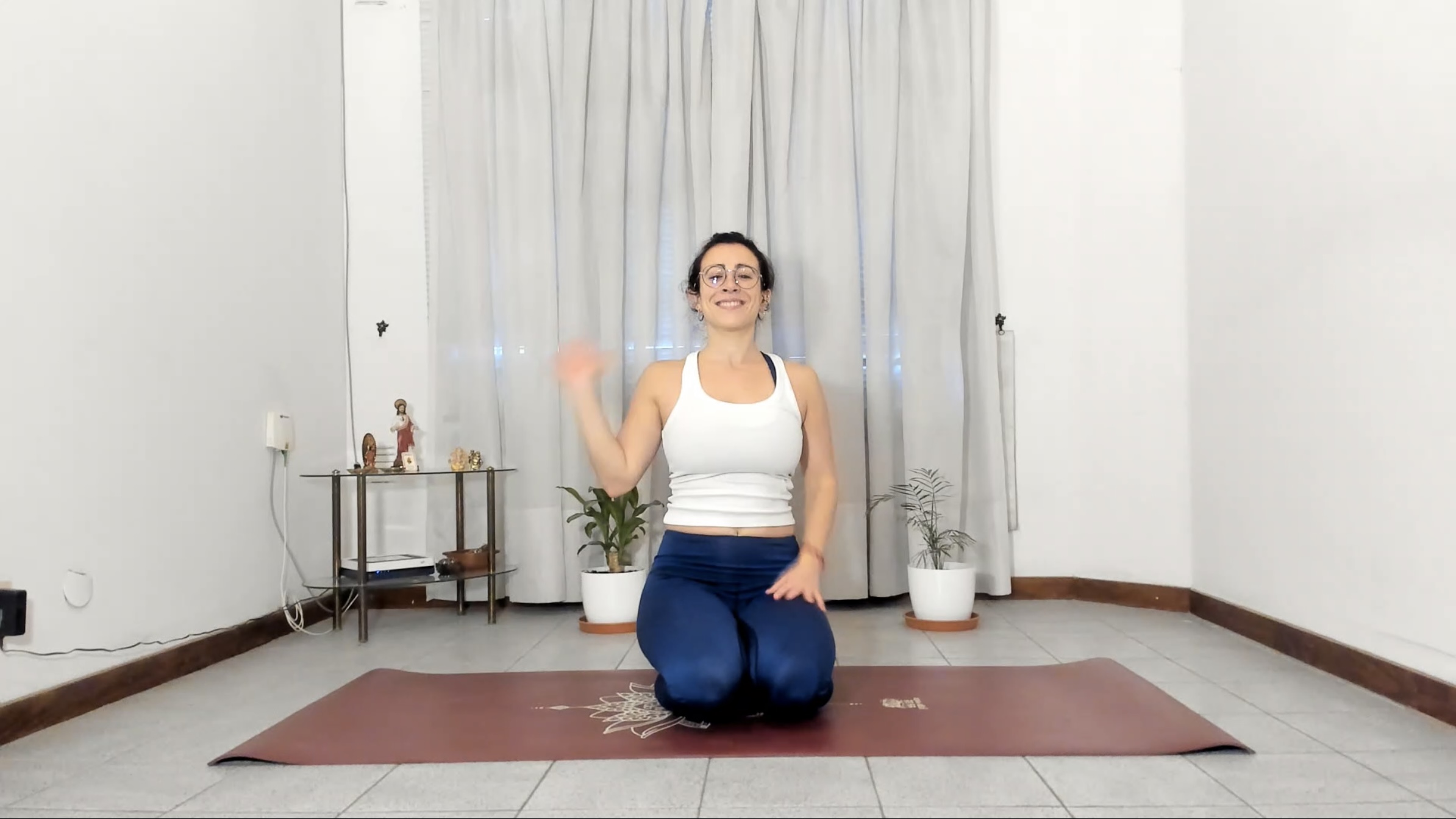
Espero que les guste!!
Que sigan hermoso este día y muchas gracias por estar aquí!
Con cariño,
I hope you like it!
I send you love and a big hug and thanks a lot for being here!
With love,
Datos de edición
Dispositivo: Logitech BRIO
Banner: Canva y PicsArt
Aplicación de edición: InShot (versión de pago para IOS)
Traducción: DeepL
Música: Lovely Piece
Músico: DaFox
Link hacia la canción ofrecido por InShot
Edition data
Device: Logitech BRIO
Banner: Canva and PicsArt
App for video edition: InShot (Paid version for IOS)
Translation: DeepL
Music: Lovely Piece
Musician: DaFox
Link to the music offered by InShot


Tags :
Their limit for today is $0!
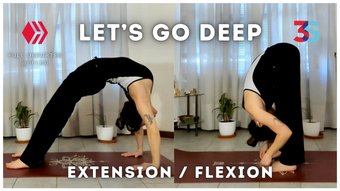


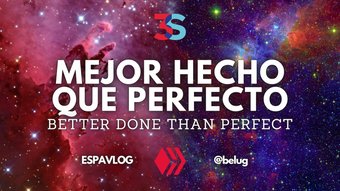


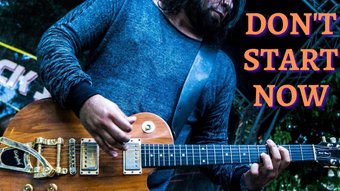
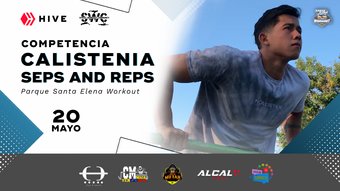


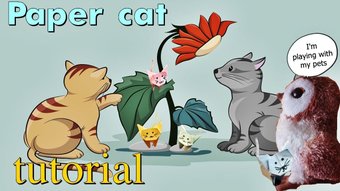

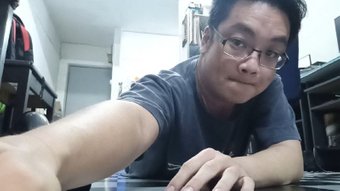

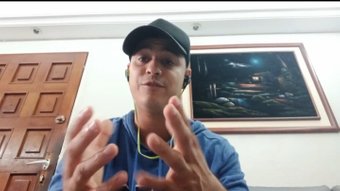

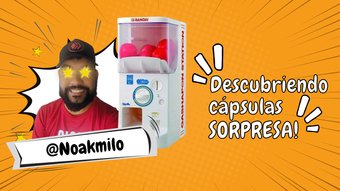


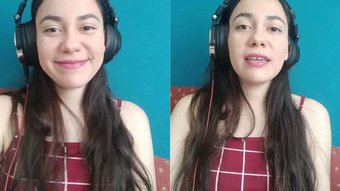
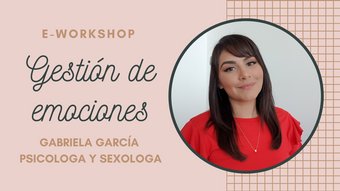





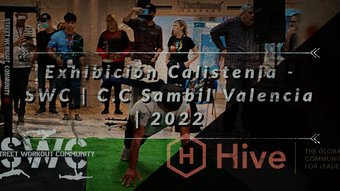
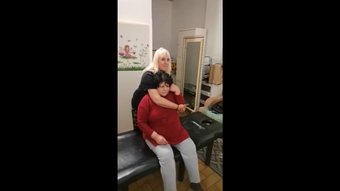
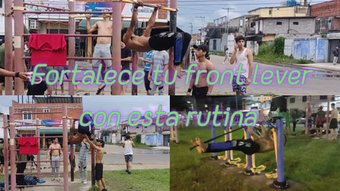
Comments:
Reply:
To comment on this video please connect a HIVE account to your profile: Connect HIVE Account